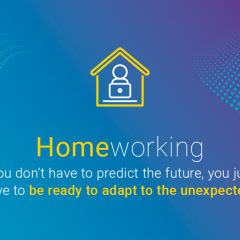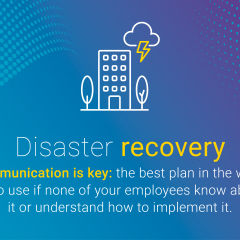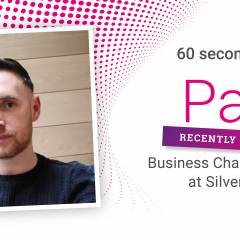How to create a working environment that encourages good mental health
Forty years ago, if you said that employers should ensure that their workplaces helped people to maintain good mental health, you’d most likely have been met with blank looks or snorts of derision. Fortunately, that’s now changed, and things are improving. As this week is Mental Health Awareness Week, we thought it would be a good time to look at the issue in more detail.
Very few people gave the idea of employees’ mental health much thought until the start of the 21st century. Then companies like Google showed that creating a great working environment isn’t just ethical – it’s a great PR and recruiting tool and makes sound business sense too.
While some of the ideas from those early days now seem a little gimmicky – the lasting benefits of at-desk scalp massages remain unproven, for example – many have since become much more widely adopted. And an even more fundamental change is taking place. Increasingly, employers realise that, just as it’s no longer acceptable to provide an environment in which people are exposed to avoidable risk of physical injury, they have a moral duty to avoid harming their employees’ mental health too.
There is no one simple way to do that, and no single set of changes that any organisation can make, as each workplace has its own culture and a unique range of opportunities and limitations. But we think that we can see some basic principles which can be applied anywhere, and which will help to create a mentally healthy working environment.
Honesty
Great progress has been made in removing the stigma and awkwardness around discussing mental health, but there’s still work to do. Employers need to actively encourage people to be honest about how they’re feeling and what they need. The best way to do that is to create a organisational culture that values honesty highly. That requires managers and other leadership figures to show honesty themselves.
That might well include talking about their own challenges in maintaining good mental health: being open about feeling stress or worry at times, for example. This gives the whole team confidence that it’s also OK for them to talk, if they need to.
Equally, it might be as simple as leaders demonstrating good behaviours, like going for a short walk at lunchtime to clear your head.
Flexibility
This can take many forms. Variable hours is a common one. Another is working from a mix of locations rather than only the office. Modern technology makes all of these things easy. All it takes is a genuine desire from employers to make it work, some patience from team members as they adapt, and an open culture in which people are encouraged to ask for what they need.
Teamwork
If you can build strong teams in which people support each other and give others space to be themselves, that’s a huge step towards creating a mentally healthy working environment. There are countless ways to do this – in fact there are countless books about ways to do this – but it’s important to bear in mind that a lot of teambuilding happens organically, naturally and outside of the office.
That’s one reason why we’re very proud of our recent ‘virtual journey’ from John O’Groats to Lands End, and the one from Glasgow to Malaga that’s currently underway. (You can see more about the first challenge here and the second one here.)
Collaborating on a shared goal – even if it’s not directly a commercial one is a great way for people to get to know each other and enjoy working together well.
Not a gimmick anymore
We surely don’t have to spell out the commercial benefits of doing these things. People who feel safe and supported at work are more productive. They contribute more to shaping their teams and to the whole business’s culture. And they stay longer, which dramatically reduces the business’s spend on recruitment and training.
No wonder that more and more organisations of all kinds are now putting mental health at the heart of their business planning.










